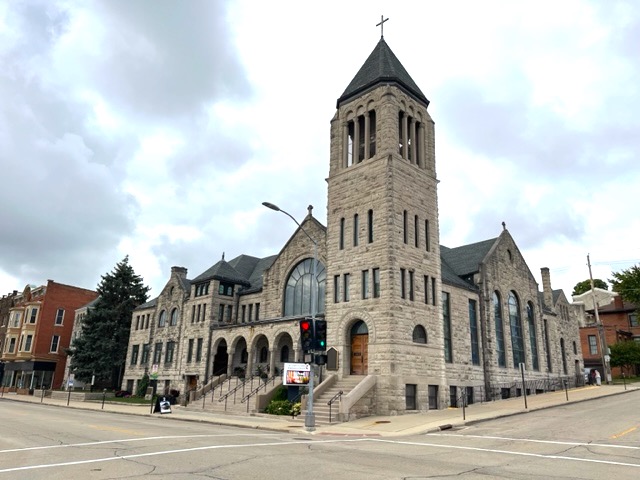
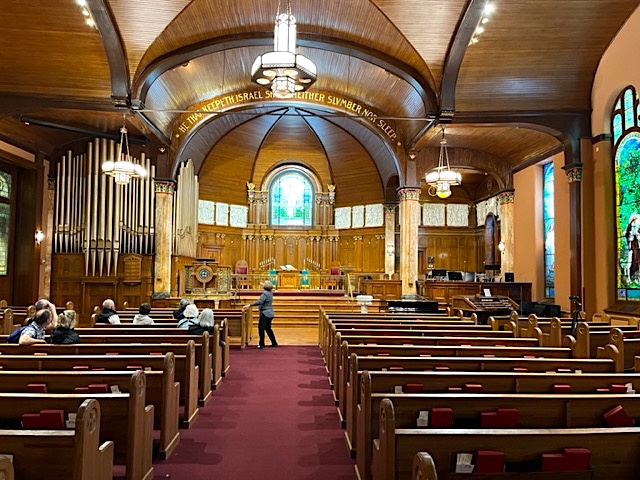
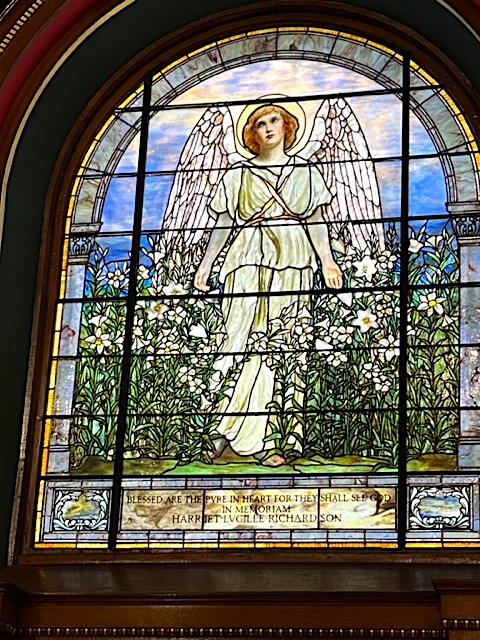
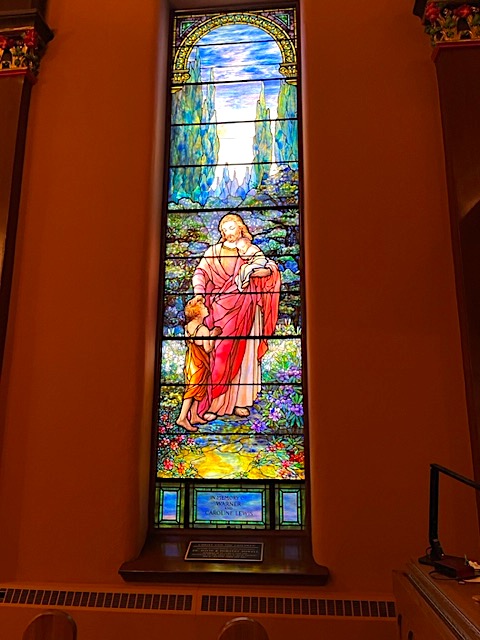
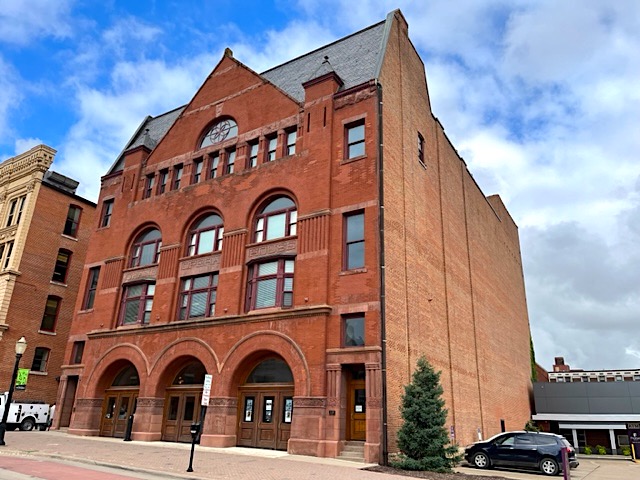

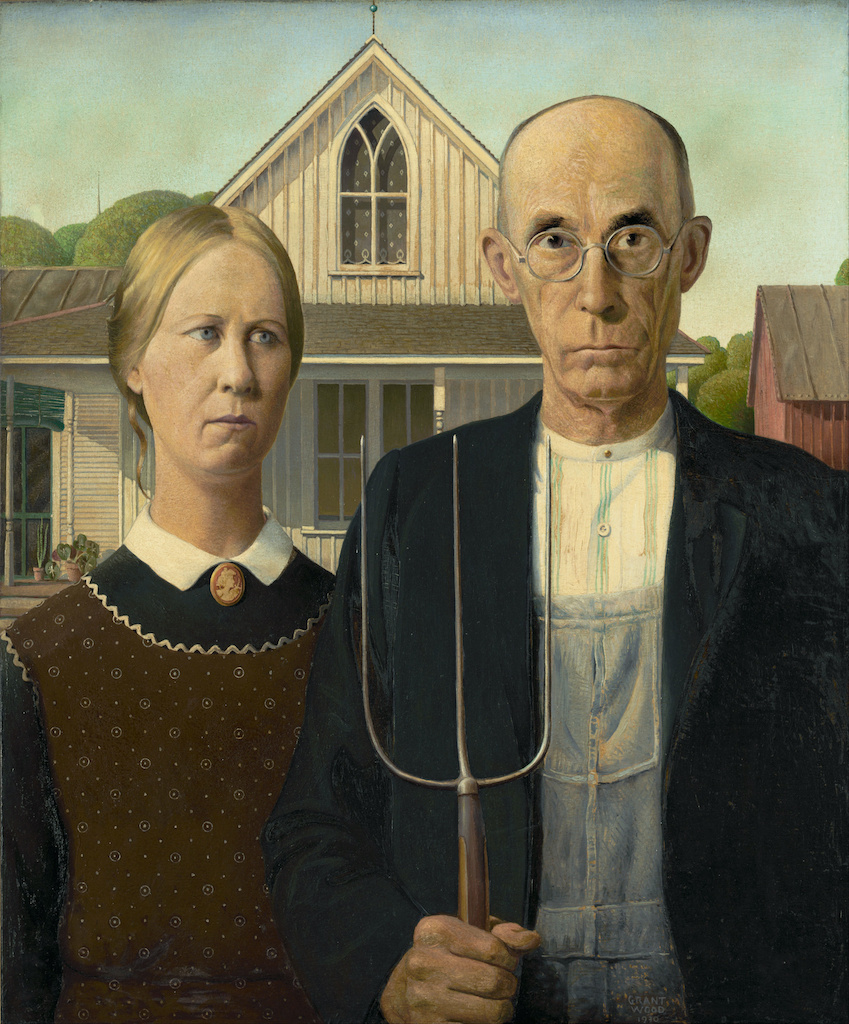
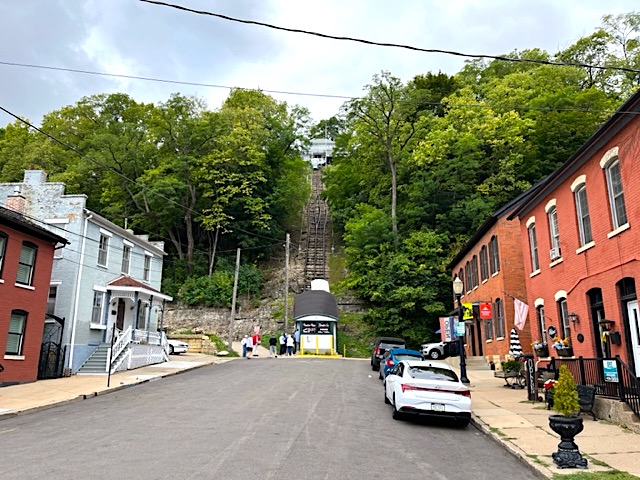

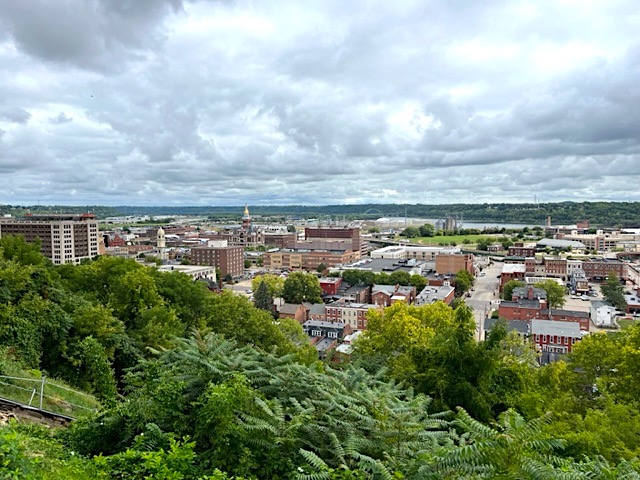
Dubuque lies at the junction of Iowa, Illinois and Wisconsin and has a population of about 60,000 inhabitants. It is often referred to as the Tri-State area and is the main commercial, industrial, educational and cultural center of the region. Home to five institutions of higher learning its economy relies on healthcare, publishing and financial services.
Spain gained control of the Louisiana Territory west of the Mississippi River following the defeat of the French, while the British took control of the territory to the east. In 1785 the first permanent settler in what is now Dubuque was Quebecois pioneer Julien Dubuque. The city is named after Julien Dubuque who received permission from the Spanish government and the Meskwaki American Indians to mine the area’s rich lead deposits. Control of the mines shifted briefly back to France in 1800, then to the United States in 1803 following the Louisiana Purchase. The Meskwaki continued to mine with full support of the US government until 1830 when the Meskwaki were pushed out of the mine region by American prospectors.
After lead was exhausted, the area became home to numerous industries. Its proximity to forests in Minnesota and Wisconsin led to a timber industry and mill working businesses. They also had boat building, brewing and by 1874 the Diamond Jo Railroad Line had moved its headquarters to Dubuque. Between 1860 and 1880, Dubuque was one of the 100 largest urban areas in the United States.
In the mid 19th Century and into the 20th Century, thousands of poor German and Irish Catholic immigrants moved to Dubuque for manufacturing jobs. The large Roman Catholic congregations led to numerous convents, abbeys and other religious institutions to be built. In the past twenty years the warehouse district and the port area have experienced massive investment and growth bringing new businesses including hotels. Today, tourism, technology and publishing are among the fastest growing businesses. Over 1.5 million tourists visit the city annually.
Just a short walk from the port we visited the Historic Millwork District where repurposed warehouses are now home to niche retail stores, cafes, coffee shops, apartments and offices. Through sustainable urban designs these old warehouses have renewed this area with a strategy of connecting people in a mixed-use neighborhood.
We then made a visit to the Dubuque Museum of Art which is an affiliate of the Smithsonian and was the first art museum in Iowa. The museum is home to two of the most important paintings outside of Chicago by the renowned Iowan artist Grant Wood. Grant DeVolson Wood 1891 – 1942 was an American painter and representative of Regionalism, best known for his paintings depicting the American Midwest. He is particularly well known for his painting titled American Gothic (1930), which has become an iconic example of early 20th Century American art. This painting is of a farmer and his wife in front of a church holding a three-pronged pitch fork. Unfortunately, the Wood paintings were not on exhibition at this time. Instead we saw two exhibits with contemporary artists using a wide variety of media from photography, crochet, weaving, ceramics, oils and more.
The museum is also home to one of only 200 intact sets of photographs by Edward S. Curtis’s masterpiece, The North American Indian. In 1906, J.P. Morgan provided Curtis with a $75,000 grant to produce a series on Native Americans. The work was to be in 20 volumes with 1,500 photographs and the project would take more than 20 years to complete. Curtis would receive no salary for the project and Morgan would receive 25 sets and 500 original prints as repayment. Eventually, 222 complete sets of photographs were published. Curtis made over 40,000 wax cylinder recordings of Native American language and music. He took over 40,000 photographic images of members of 80 tribes. He recorded tribal lore, history, described traditional foods, housing, garments, recreation, ceremonies and funeral customs. They only had a handful of these prints on display and they were very monochromatic and lifeless, desperate and depressing looking.
Our next stop was at St. Luke’s United Methodist Church with its world-famous Tiffany stained-glass windows, which have been called “one of the five finest religious Tiffany Collections in the world.” This beautiful Romanesque church has 32” thick foundation walls built from Bedford limestone from Indiana. Each stone cut by hand and even some include embedded fossils. The original organ from 1897 has been carefully restored and recreated marble Florentine murals grace the ornate chancel. They had many members of the congregation on hand to tell us about the stunning Tiffany windows and this historic church. The windows are spectacular in color, design, use of glass and the amount of light they let in. It was the highlight of our day.
At the Fenelon Place Elevator, we saw what is described as the world’s shortest, steepest scenic railway, 296 feet in length, carrying passengers up 189 feet from 4th Street to Fenelon Place. The elevator was constructed in 1882 for the private use of a wealthy banker and former senator, J.K. Graves. Mr. Graves wanted to go home for lunch but the hill was too steep for him to make it home for lunch and back to the bank, so he installed the elevator. Originally the elevator only had one set of tracks for a single car to transit up and down the track. Soon others wanted to use the elevator as it was so convenient and the idea was hatched to make it a money-making proposition. Today there are two tracks and two cars alternating from top to bottom in unison. The views over the city and the Mississippi from the top were extra special even on a cool and cloudy day.
A short distance away we visited the Hotel Julien Dubuque on the site of a hotel or inn dating back to 1839 and located at the corner of Second and Main Streets. The original structure, four stories high was called the Waples House, named after Peter Waples, a wealthy Dubuque merchant. Known far and wide for its gourmet cuisine, it was furnished extravagantly and could be seen from across the river. The hotel over the years endured a severe fire, hosted famous guests such as Abraham Lincoln, “Buffalo Bill,” Cody and Mark Twain. It is believed that Al Capone once owned the hotel as he would escape here from Chicago for a retreat or to hideout.
Next, we explored Dubuque’s historic Grand Opera House that opened in 1890 presenting opera, theater and vaudeville until 1928. Then, converted to a movie theater until 1986 when it returned to showing live performances. Over the past three decades it has been beautifully restored and presents locally produced theatrical productions, touring musicals and variety acts.
In the afternoon we attended a lecture on Presidents Lincoln and Grant and their lives along the Mississippi River.
The evening’s entertainment was an internationally recognized mentalist by the name of Brian Imbus. He awed the audience with his ability to read minds and interpret the subtle body language of people. We enjoyed his performance and his 45-minute show flew by.
